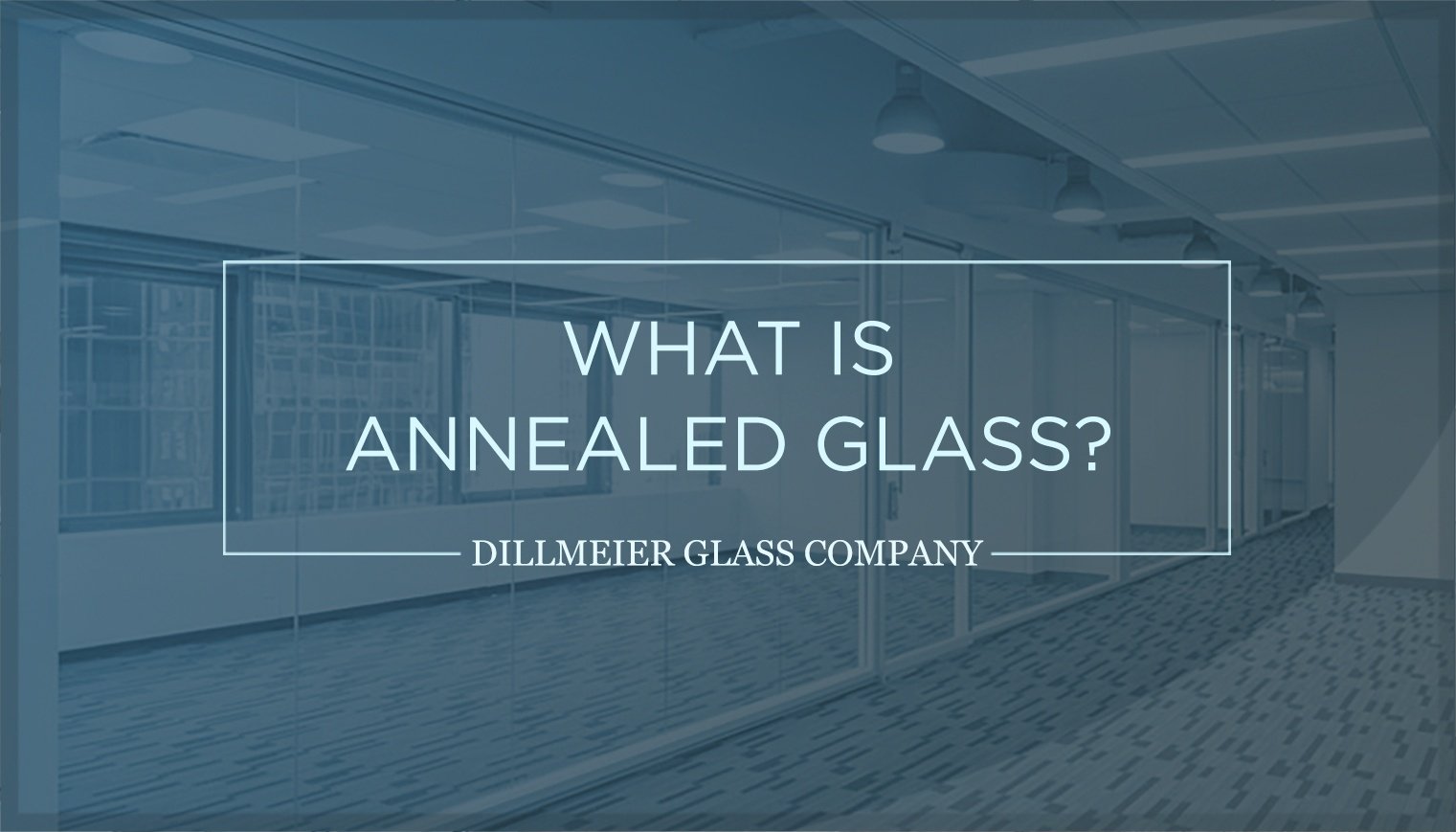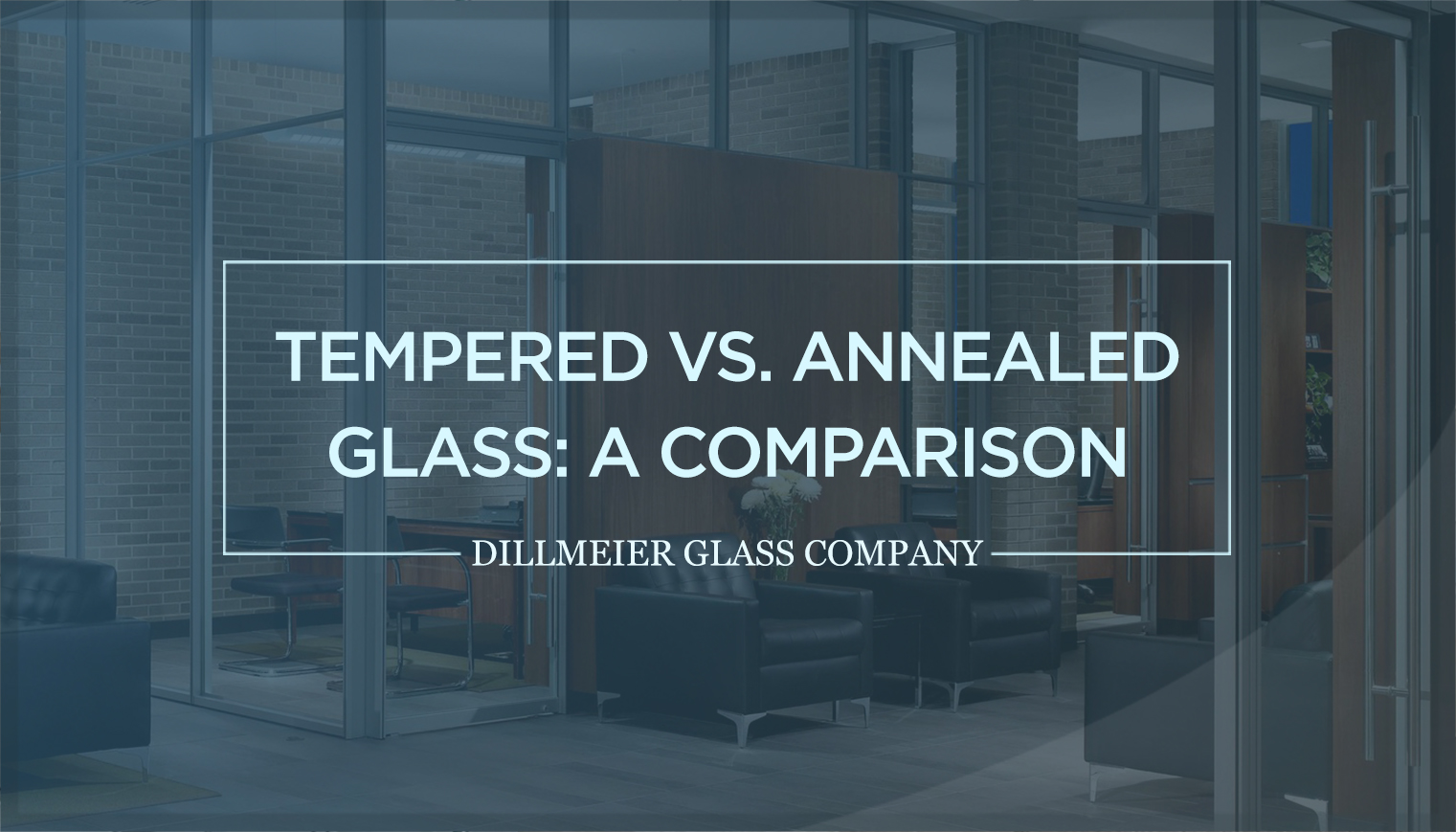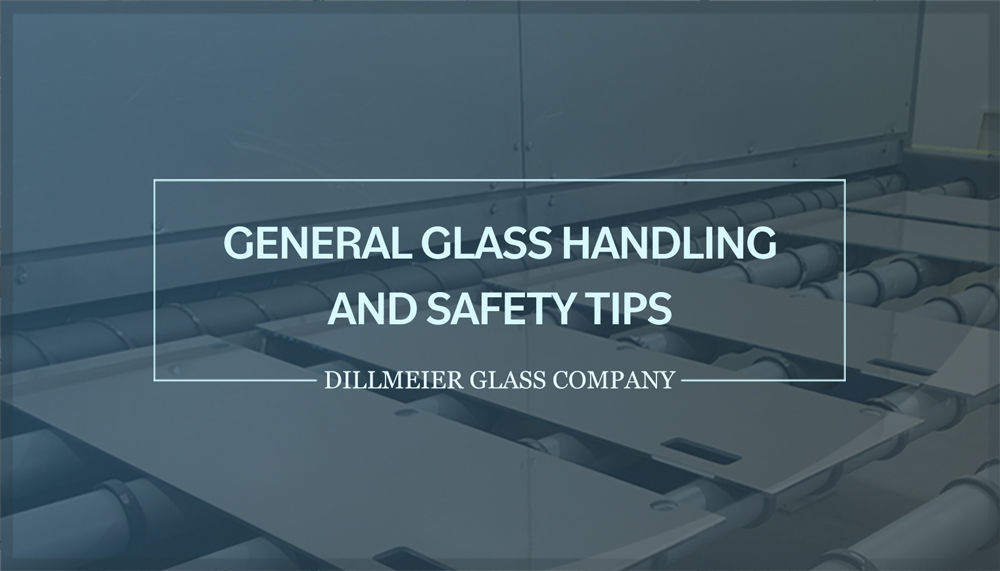What Is Annealed Glass?

Editor’s Note: This blog was originally published in March 2018 and has been revised to reflect industry updates.
Glass is a major design component utilized in both commercial and residential construction projects—and for very good reasons. From its beauty to its versatility to its practicality, glass can serve a wide range of functions. Many may not realize, however, all the various treatments it can undergo to maximize its customizable properties prior to installation.
Annealing glass is one such technique utilized by glass fabricators and manufacturers.
Here’s a brief overview encompassing advantages, applications, and more.
The Annealed Glass Process
The term "anneal" is mainly used to describe the glass-cooling process conducted at a fabricator's float plant. It does not include treatment with heat, unlike tempered glass.
Performed by highly skilled technicians with the help of precise, efficient equipment, the annealing process improves the glass' durability and helps to reduce internal stresses that could result in breakage. Keep in mind that annealed glass may also be referred to as non-tempered and/or float glass.
This type of glass can be edged and polished, custom-cut and drilled to create an array of products, including windows and cabinet doors. Glass improperly annealed, however, can crack or shatter.
Annealed Glass Benefits
Unobstructed viewing, flexibility, and versatility are just a few advantages. Free from bow, wave, or warp distortion, annealed glass can also be repurposed for other projects, and easily integrated within existing designs created through decorative techniques such as lamination, acid etching, and others.
Annealed Glass vs. Tempered Glass
While not as strong as tempered glass, annealing removes internal stresses. The final stage of tempering entails quickly cooling hot glass by blasting it with cold air after treatment in a tempering oven—a technique called quenching.
The inner layer cools slower than the outer layer, which causes the tension that makes tempered glass four to five times stronger than annealed glass.
Main differences between these two glass types pertain to safety: The strength of tempered glass surpasses annealed products, with safer breakage patterns. The tempered glass of a display case, for example, will fracture into smooth, harmless pieces, whereas, an annealed glass window will shatter into sharp, jagged shards.
While float glass can be cut, drilled, and fabricated, there are some instances whereby safety glass is not required and the fabricated glass remains annealed.
Almost all retail display cases, windows, and office walls, among other applications, require safety glass. Therefore, annealed glass is often tempered and customized during the final stages of fabrication.
Annealed Glass Applications
Annealed glass won’t bow, wave, or warp during fabrication, and therefore perfect for decorative effects such as acid-etching, frosting, lamination, and more. It’s also ideal for applications within high-traffic environments such as office partitions, doors, walls, mirrors, retail display cases, shower doors, and railings.
Choosing the Best Process
Whether annealed or tempered glass, the best project customization requires the help of an experienced, expert fabricator, such as Dillmeier Glass Company.
Contact Dillmeier Glass Company to learn more about the best annealed glass solutions for your custom project.


